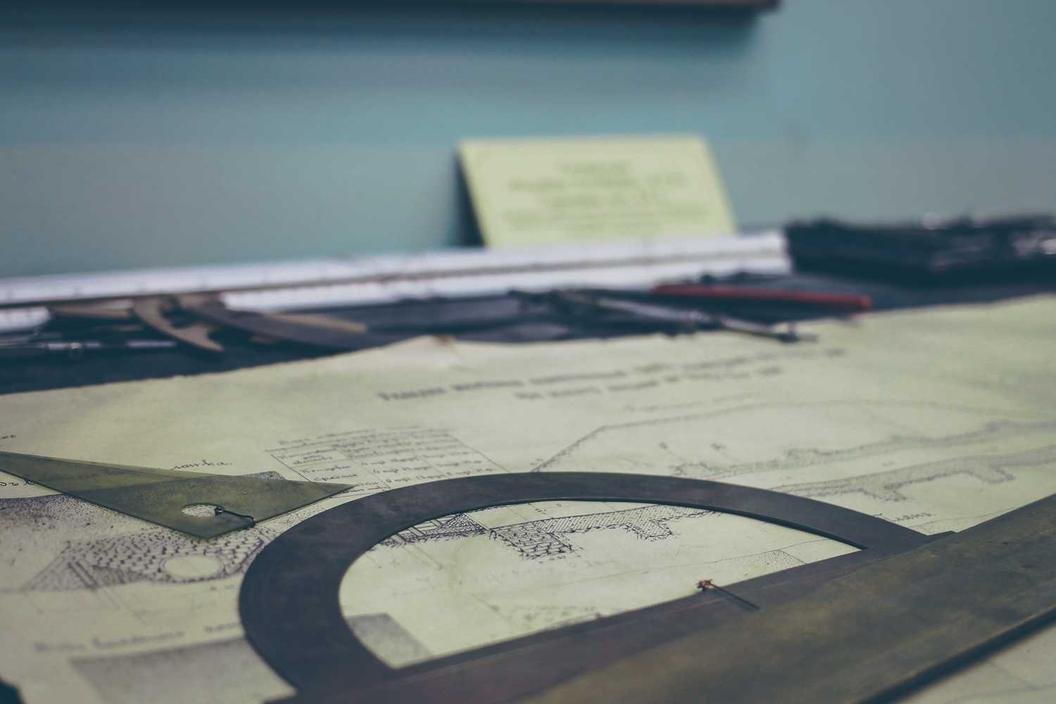Contact Us
(828) 538-2040Understanding the Differences: Earnest Money vs. Down Payment
What if I told you there’s a way to navigate the complex world of real estate finance, ensuring you make informed decisions that could save you thousands? When buying a home, two terms often come up: earnest money and down payment. Although they may sound similar, these two concepts serve very different purposes in the home-buying process. Let’s dive into this crucial topic to help you understand what each entails and how they impact your financial journey.
The Basics of Earnest Money
Earnest money is essentially a good faith deposit made by the buyer to show their seriousness about purchasing a property. Imagine you’ve found your dream home; the last thing you want is for the seller to think you might back out. By providing earnest money—typically ranging from 1% to 3% of the purchase price—you signal your intent and commitment.
- Real-World Example: Consider Sarah, who fell in love with a charming cottage valued at $300,000. She put down $5,000 as earnest money. This not only reassured the sellers but also allowed her to secure the home amidst competing offers.
However, it’s essential to understand that the earnest money is not an additional cost. Instead, it’s part of your overall funds for buying the home. If your offer is accepted, this amount typically rolls into your closing costs or down payment, making it a smart move for buyers who want to present themselves as serious contenders in the market.
Decoding the Down Payment
In contrast, a down payment is the upfront cash you pay toward the purchase price of the home. This sum is critical in securing a mortgage and can significantly affect both your loan terms and monthly payments. Generally, down payments range from 3% to 20%, depending on the type of mortgage you choose.
Why Does it Matter?
A higher down payment usually translates into a lower interest rate and reduced monthly payments. For example, a 20% down payment on a $300,000 home equals $60,000. If you instead put down 5%, you’ll pay only $15,000 upfront, which might seem appealing until you factor in the additional costs associated with private mortgage insurance (PMI).
- Statistics to Consider: According to recent studies, homes purchased with a 20% down payment have been shown to build equity 36% faster than those bought with just a 5% down payment, making a strong case for saving more upfront.
The Emotional Connection: Why Both Matter
Imagine how it feels to finally step into your new home, knowing the decisions you made safeguarded your financial future. This emotional milestone isn’t just about the physical space; it’s about stability, security, and your next chapter.
Strategic Planning for Success
To effectively balance earnest money and down payment, here are some actionable tips:
- Do Your Research: Understand local market trends to gauge the average earnest money deposits in your area.
- Set a Budget: Determine how much you can allocate for both earnest money and down payment early on, so you’re prepared when you find that perfect home.
- Consult Professionals: Don’t hesitate to reach out to mortgage advisors or real estate agents. They can provide tailored advice based on your unique financial situation.
Innovation in Financing
As the real estate landscape evolves, new financing options are emerging. Programs now allow first-time homebuyers to access down payment assistance grants or lower down payment options without the burdensome costs of PMI. Exploring these options can ease the financial burden, making homeownership more attainable.
Prepare Yourself for Homeownership
Understanding the distinction between earnest money and down payment is pivotal in your home-buying journey. As you embark on this path, remember the importance of both elements—they are not just financial transactions, but rather key components in achieving your dream of homeownership.
Big Hills
Author




